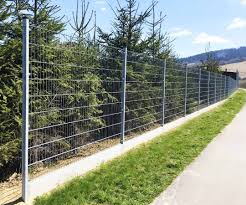
Whirlwind of Color: Rainbow Fence Palette
Effective fences (ploty) tasks that enhance environmental reliability demand not just technological skills and substance resources—they require important neighborhood engagement and stakeholder collaboration. By regarding nearby areas, native groupings, landowners, and related companies through the outset, fencing projects can make use of local expertise, foster ownership, and make sure the long term accomplishment and sustainability of your project.
Neighborhood proposal works as a base for developing believe in, fostering sociable cohesion, and responding to concerns and ambitions of varied stakeholders. Through participatory strategies including group conferences, workshops, or emphasis groups, task organizers can collect beneficial observations, determine possible difficulties, and co-generate solutions that line-up with the requirements and ideals of your neighborhood. Additionally, engaging local citizens as partners in tracking and maintenance actions increases the project’s strength and fosters a feeling of stewardship within the fenced areas.
Moreover, stakeholder alliance is important for navigating complicated regulatory frameworks, securing financing places, and coordinating multiple-sectoral attempts. By creating relationships with government departments, preservation businesses, school organizations, and private enterprises, fencing tasks can influence complementary knowledge, access additional assets, and maximize the project’s affect. Collaborative governance constructions, like multi-stakeholder systems or advisory committees, help information and facts sharing, agreement-developing, and adaptive control, thereby enhancing the project’s efficiency and sustainability.
To summarize, local community proposal and stakeholder collaboration are important pillars of efficient fencing assignments that strengthen enviromentally friendly sincerity. By adopting participatory approaches and encouraging comprehensive relationships, project planners can funnel the group wisdom and resources of different stakeholders, making sure that fencing initiatives not merely satisfy specialized aims but in addition contribute to social collateral, enviromentally friendly proper rights, and local community strength. While we attempt to street address demanding environmental challenges, investing in meaningful engagement and alliance will likely be required for making enduring options that reward both men and women and earth.